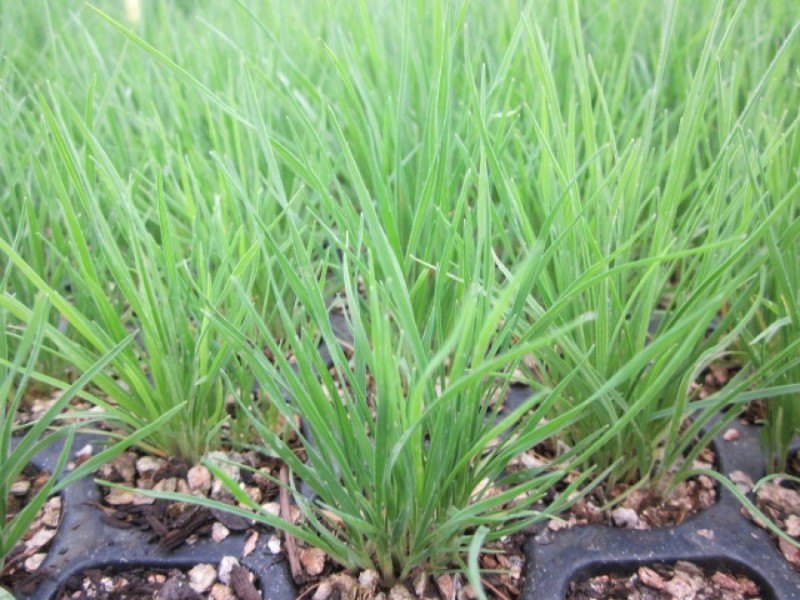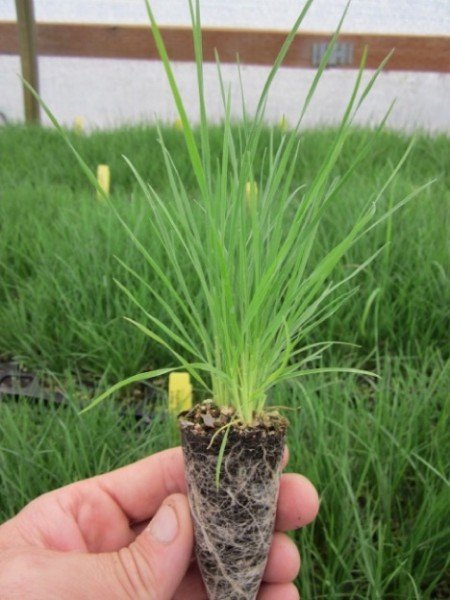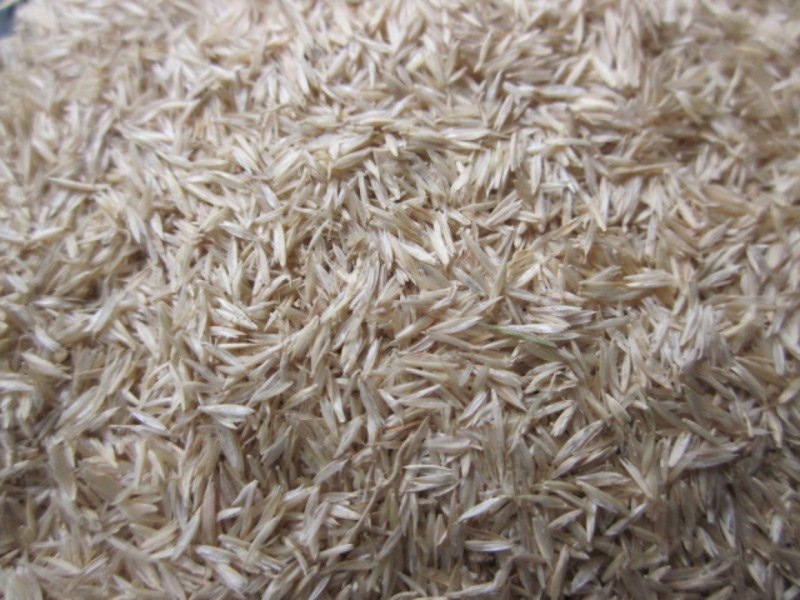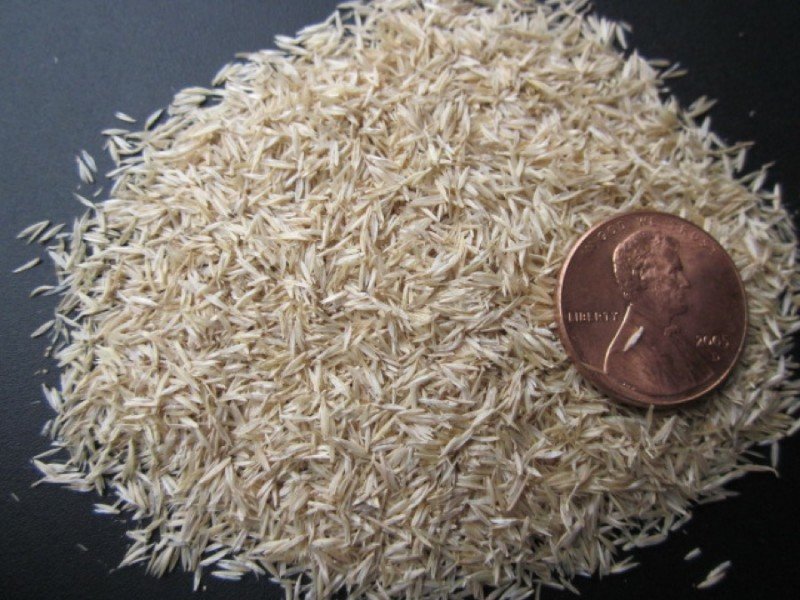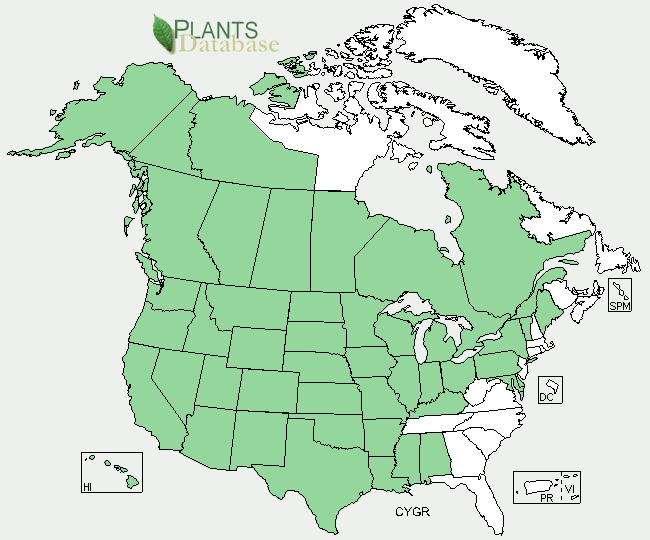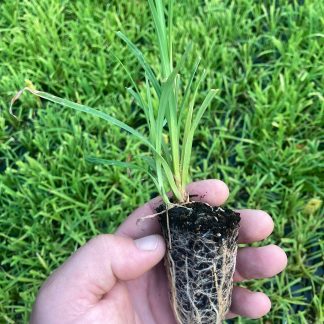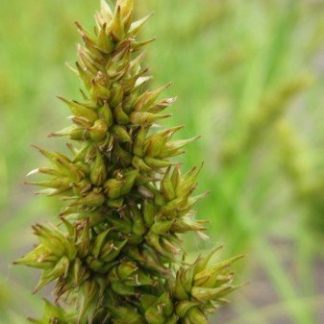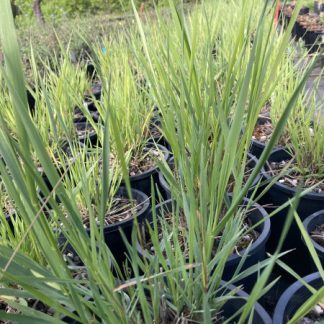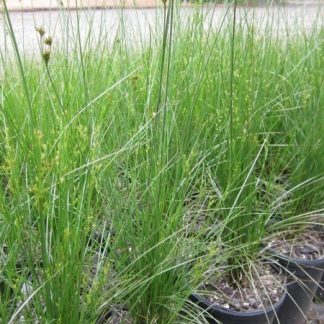Koeleria macrantha
prairie junegrass
Habit: Koeleria macrantha is a cool-season ornamental grass. This species has medium green to grayish green fine blades and is densely tufted. Its smooth, sometimes velvety stems grow as an erect clump up to 2 feet tall. Leaves are basal, usually covered in fine hairs, and have slightly rolled-in margins. Lustrous, silver green seed heads are large and tapered, up to 5 inches long and hold tiny tan, branched spikelets which are sometimes tinted with purple.
Ecology: scattered but locally abundant at low to high elevations, yet occasionally reaches higher altitudes in timberline meadows and exposed rocky slopes. It is more common in grasslands and open forests. This species is widespread across borders and continents. It is found in Europe and Asia and all over the United States and Canada, except to the warmer, southeastern states.
Growing conditions: prairie junegrass favors sunny locations with gritty or rocky, well-drained soils. Because it is sun-loving and drought-tolerant, it has been recently used in green roofs as well. It looks best growing in masses and as a companion for smaller prairie flowers.
Koeleria macrantha is a good forage grass for cattle and other grazing animals, but plants don’t usually grow closely enough to form a dense pasture. It flowers briefly in June, hence the name junegrass. In cooler summer climates it remains attractive until fall.
Specs
Perennial grass
8-24 inches (20-61 cm)
9-18 inches (23-46 cm)
3 to 9

